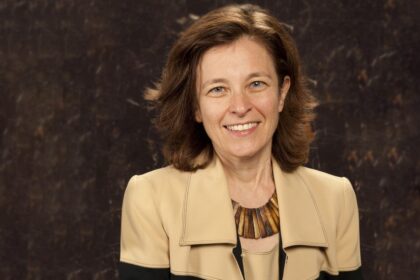

Despite the growing interest and investment, however, tools and metrics for tracking the type and volume of engagement are not widely available. Finally, this information can help to advance the field of CEnR generally. Tracking can provide the data to plan for and support policy, infrastructure, and training needs, report to funders, and demonstrate accountability to the community and legislatures about scholarship that is responsive to community needs and incorporates community knowledge. There are multiple reasons for measuring CEnR productivity and impact at the institutional level. Deriving from the International Association for Public Participation’s Spectrum of Public Participation, CEnR thought leaders theorize public participation in research as characteristics of “community involvement, impact, trust, and communication flow ” that deepen across, commonly, three to five levels of engagement CEnR is conceptualized as a range of activities and commitments that indicate the depth and reciprocity of research team-community member relationships. A central focus of CEnR is to partner with underserved communities and population groups that are typically excluded from research. CEnR commonly includes patients, family members, health care providers, clinical researchers, community organizations, government entities, and other stakeholders. The focus is on transformed scholarship that recognizes the value of lived experience and nonacademic expertise and the importance of partnership with organizations and communities.Ĭommunity-engaged research (CEnR) is a common component of the community engagement activities of universities and its benefits are increasingly acknowledged for the university as well as for diverse stakeholders and funders. Community engagement within universities cuts across teaching, research, and service missions. Many colleges and universities now identify community engagement as a core part of their mission. By developing reciprocal relationships, universities seek to collaboratively produce knowledge with stakeholders, provide service that is beneficial to communities, and reaffirm a “ scholarship of engagement”. The last few decades have seen increasing calls for universities to transform their relationships with communities and policymakers.

As scholars and technical experts improve the algorithm’s accuracy, universities and research institutions could implement standardized reporting features to track broader trends and accomplishments. With this approach, universities could use administrative data to inform strategic planning, address progress in meeting community needs, and coordinate efforts across programs and departments. The preliminary results show that the algorithm is potentially more likely to categorize studies as CEnR compared to investigator-recorded data and to categorize studies at a higher level of engagement. We compared the results to data from three questions added to the IRB application to identify whether studies had a community partner and the type of engagement planned. The coded protocols were used to train a deep-learning algorithm using natural language processing to categorize research. Comparing the variety of partnered relationships in practice with established conceptual classification systems, we developed five categories of partnership: Non-CEnR, Instrumental, Academic-led, Cooperative, and Reciprocal. We inductively analyzed and manually coded a sample of Institutional Review Board (IRB) protocols. The current research seeks to pilot the systematic and automated identification and categorization of CEnR to facilitate longitudinal tracking using administrative data. Community-engaged research (CEnR) is now an established research approach.


 0 kommentar(er)
0 kommentar(er)
